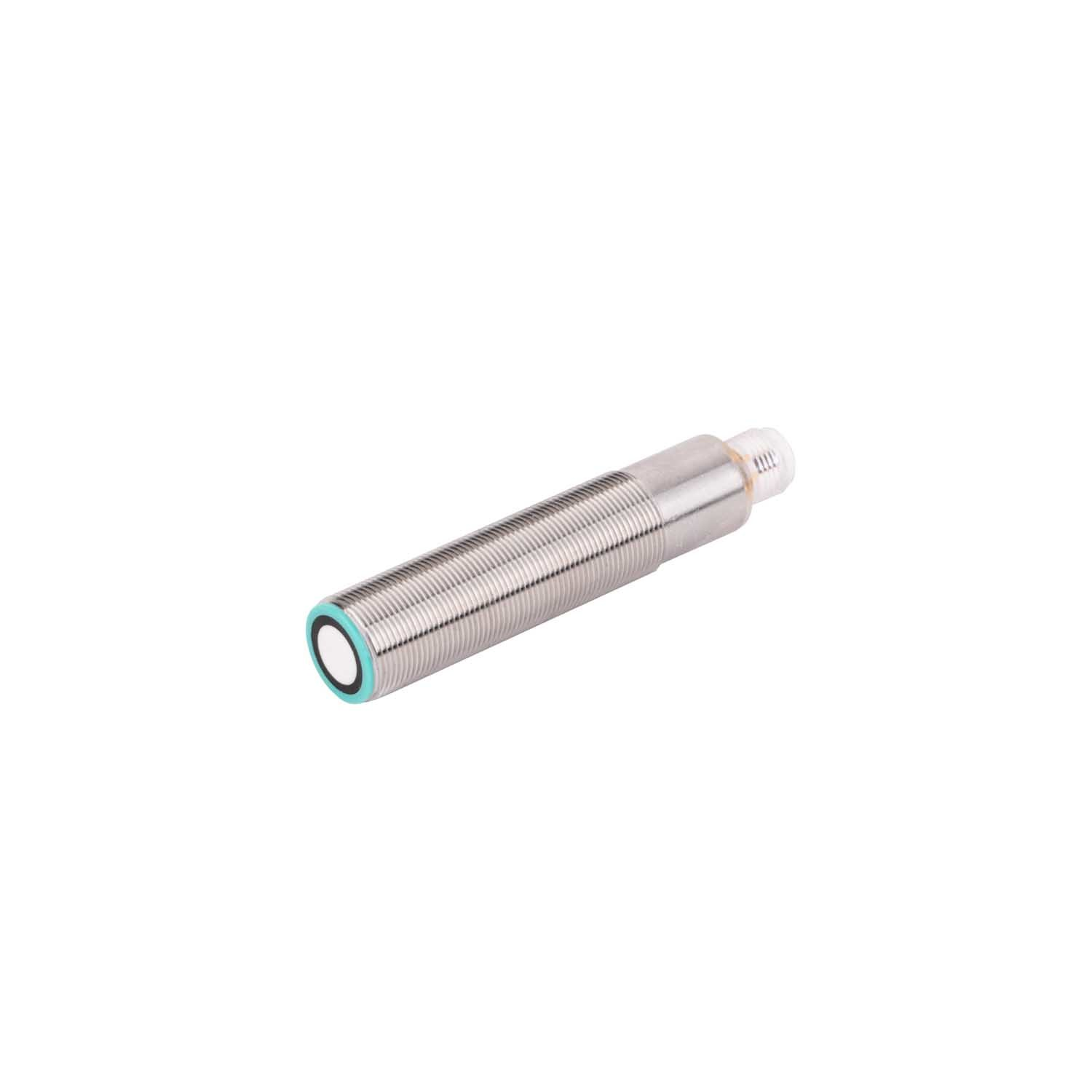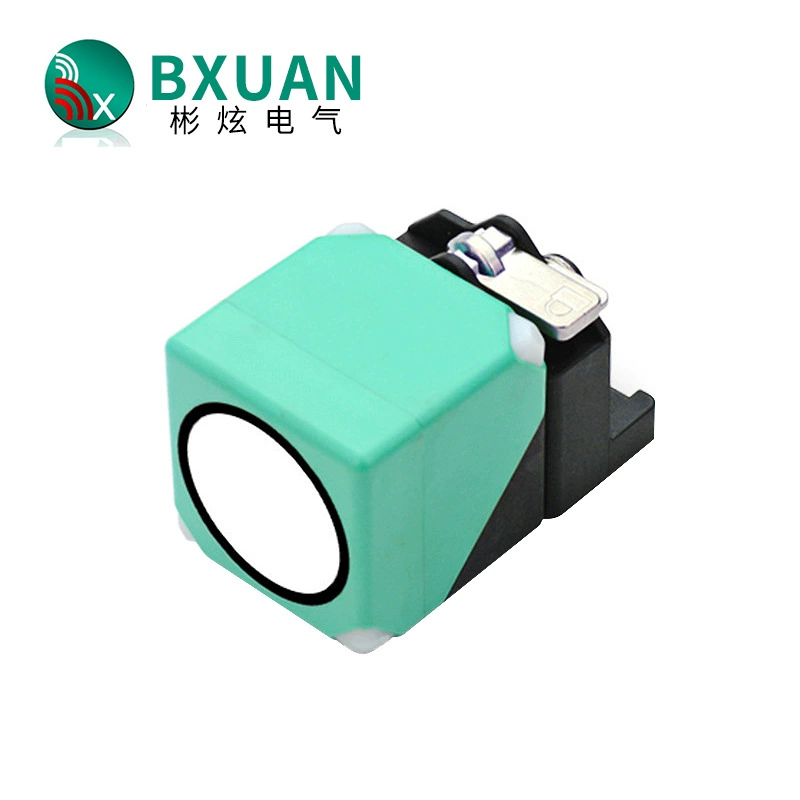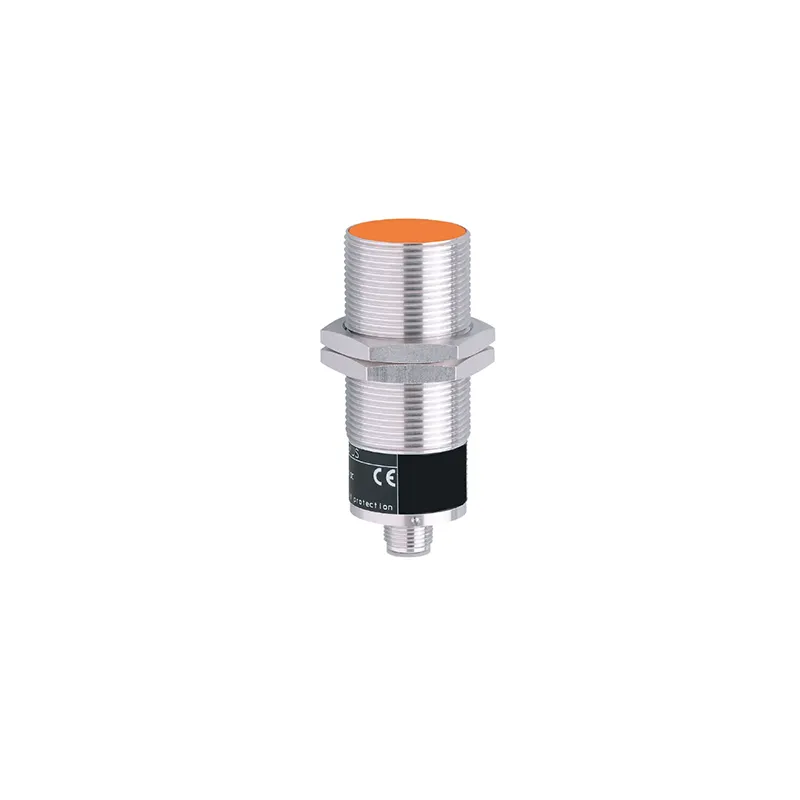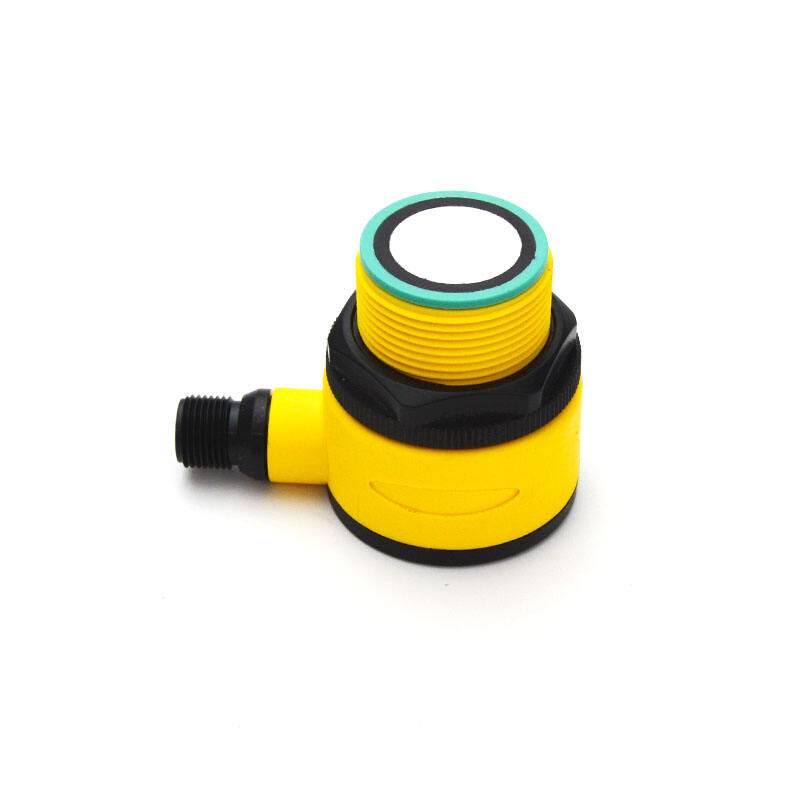capacitive prox sensor
A capacitive proximity sensor represents a sophisticated detection device that operates by measuring changes in capacitance within an electromagnetic field. This non-contact sensing technology generates an electrostatic field and detects variations when objects enter this field. The sensor consists of a metal sensing surface, an oscillator circuit, a signal processor, and an output circuit. When an object approaches the sensing face, it alters the electromagnetic field, causing a change in capacitance that triggers the sensor's response. These sensors excel in detecting both metallic and non-metallic materials, including plastics, liquids, and organic materials, making them incredibly versatile for various industrial applications. The sensing range typically varies from a few millimeters to several centimeters, depending on the target material and sensor design. Modern capacitive prox sensors often incorporate advanced features such as adjustable sensitivity, temperature compensation, and digital outputs for seamless integration with control systems. They operate effectively in challenging environments and can function through certain non-metallic materials, enabling them to detect levels through container walls or detect objects through protective covers.









